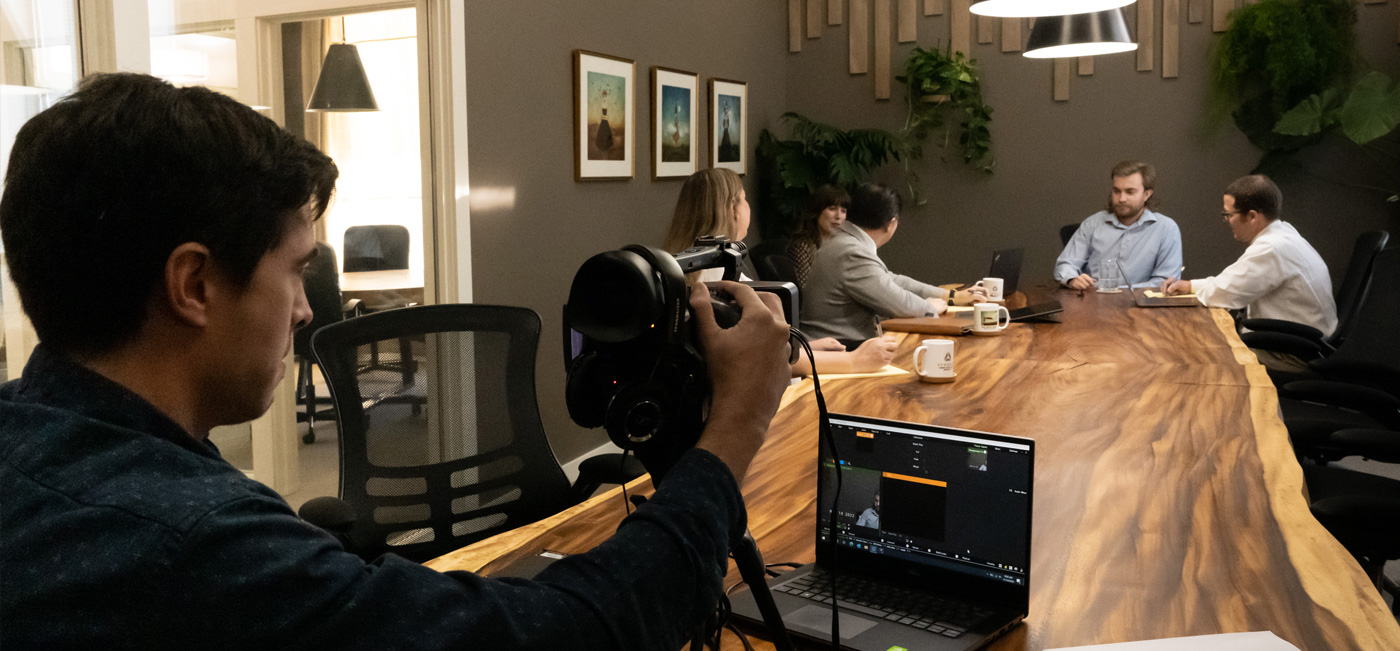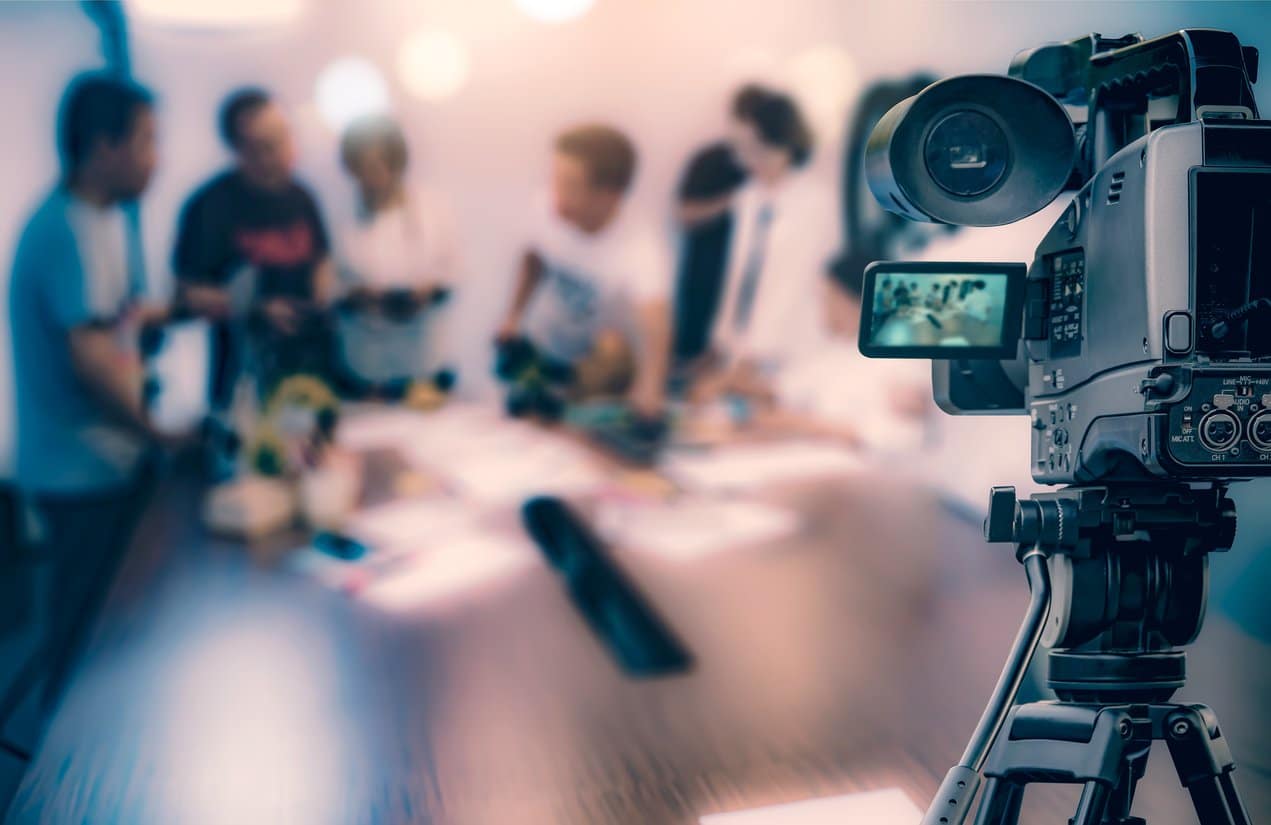Exploring the Systems of Lawful Videography: Unveiling Its Procedure in Shielding Genuine Visual Statement for Judicial Procedures
In the realm of judicial proceedings, the function of legal videography stands as a foundation in preserving and providing aesthetic evidence. As modern technology continues to breakthrough, the mechanisms behind lawful videography have actually become significantly elaborate, supplying a vital layer of authenticity to testimonies caught on video clip.
Historical Development of Lawful Videography
Analyzing the historic development of legal videography exposes a substantial transformation in the catching and discussion of aesthetic proof within the legal landscape. In the past, legal procedures greatly counted on composed photographs and transcripts to document events and give proof. With the development of video modern technology, the legal market experienced a standard shift in how aesthetic testimony was caught and offered.
The evolution of lawful videography can be mapped back to the late 20th century when developments in video recording devices made it a lot more accessible for use in courts. This technical innovation not just enhanced the accuracy and reliability of aesthetic evidence yet also transformed the method situations existed to courts and judges (Legal Videography). Attorneys began to recognize the persuasive power of video clip recordings in sharing feelings, subtleties, and non-verbal signs that written photos or transcripts alone might not record properly

Innovation Innovations in Video Clip Documents
What crucial technological innovations have transformed video clip paperwork in the lawful area? The legal field has seen substantial developments in video clip paperwork technology that have actually enhanced the credibility and reliability of aesthetic evidence in judicial process.
Furthermore, advancements in video clip encryption and watermarking innovations have boosted the safety and tamper-proof nature of video evidence, guarding it versus unapproved alterations or tampering. In addition, the advent of cloud storage remedies and remote access capacities has streamlined the storage, retrieval, and sharing of video clip proof, facilitating seamless partnership amongst lawyers and guaranteeing effective accessibility to crucial visual statements when required. These technological developments in video paperwork have definitely revolutionized the legal field, improving the accuracy, trustworthiness, and admissibility of visual evidence in judicial proceedings.
Role of Legal Videographers in Courtroom Settings
The evolution of video documents innovation in the legal area has actually necessitated an essential duty for lawful videographers in courtroom setups, making sure the stability and reliability of visual testaments presented during judicial process. Lawful videographers play a fundamental duty in catching and preserving precise visual proof that can be critical in lawsuit. Their obligation extends to establishing equipment, videotaping proceedings, and generating top notch videos that precisely reflect the occasions in the courtroom.
In court room settings, legal videographers have to abide by rigorous guidelines and requirements to keep the authenticity of the aesthetic record. They need to possess a keen eye for information and a complete understanding of legal procedures to make certain that the footage they catch is a real representation of the events that took place. Furthermore, lawful videographers frequently function very closely with legal teams to make sure that the video clip evidence lines up with the instance's requirements and can be successfully offered in court to support the lawful debates being made. Overall, the function of lawful videographers in court room settings is important in upholding the principles of justice and making certain the transparency of lawful process.

Ensuring Admissibility and Integrity of Video Clip Proof
To maintain the trustworthiness of aesthetic evidence provided in legal process, ensuring the admissibility and integrity of video clip proof is a critical responsibility for legal videographers. Admissibility describes the approval of proof by the court, and for video evidence to be admissible, it needs to fulfill particular criteria. Legal videographers play a vital duty in ensuring that the videos they catch follow the regulations of evidence, such as authenticity, relevance, and reliability.
Stability of video evidence involves maintaining the originality and accuracy of the footage from the you can try here time it is recorded till it exists in court. This consists of firmly saving the video clip files, recording the chain of protection, and preventing any meddling or changes. Lawful videographers need to stick to strict protocols to assure the stability of the video evidence and protect against any kind of difficulties to its authenticity.
Future Trends in Legal Videography
Given the raising dependence on innovation in legal process, legal videographers are poised to welcome ingenious developments shaping the future of aesthetic statement capture and discussion. One of the prominent fads coming up is the integration of digital truth (VR) and boosted truth (AR) technologies into lawful videography. These innovations have the potential to revolutionize just how visual evidence is offered in court rooms, enabling discretionary to submerse themselves in the scene of the criminal offense or event.
Additionally, the usage of fabricated intelligence (AI) algorithms for video evaluation is expected to improve the procedure of assessing and assessing large quantities of video footage. AI can aid in determining vital moments, anomalies, and patterns within Full Article video clips, boosting the performance of lawful examinations.

Final Thought
In conclusion, lawful videography has played an essential duty in providing genuine visual proof for judicial proceedings. With technical advancements and the expertise of legal videographers, the honesty and admissibility of video proof are made certain in court setups. As lawful videography continues to progress, it will be important to copyright requirements that keep the accuracy and dependability of aesthetic testimony for the future of legal procedures.
Examining the historic progression of legal videography exposes a substantial transformation in the catching and discussion of aesthetic proof within the legal landscape.The evolution of video documents technology in the legal area has actually demanded a crucial function for lawful videographers in court room setups, ensuring the integrity and dependability of aesthetic testaments offered throughout judicial proceedings. Furthermore, lawful videographers often work carefully with legal teams to make sure that the video clip evidence lines up with the situation's demands and can be efficiently provided in court to support the legal arguments being made.To maintain the integrity of aesthetic proof provided in article legal proceedings, guaranteeing the admissibility and integrity of video proof is a critical duty for lawful videographers. As lawful videography continues to evolve, it will certainly be essential to promote criteria that preserve the accuracy and reliability of aesthetic testament for the future of lawful proceedings.
Comments on “How Legal Videography Boosts Court Room Discussions and Proof”